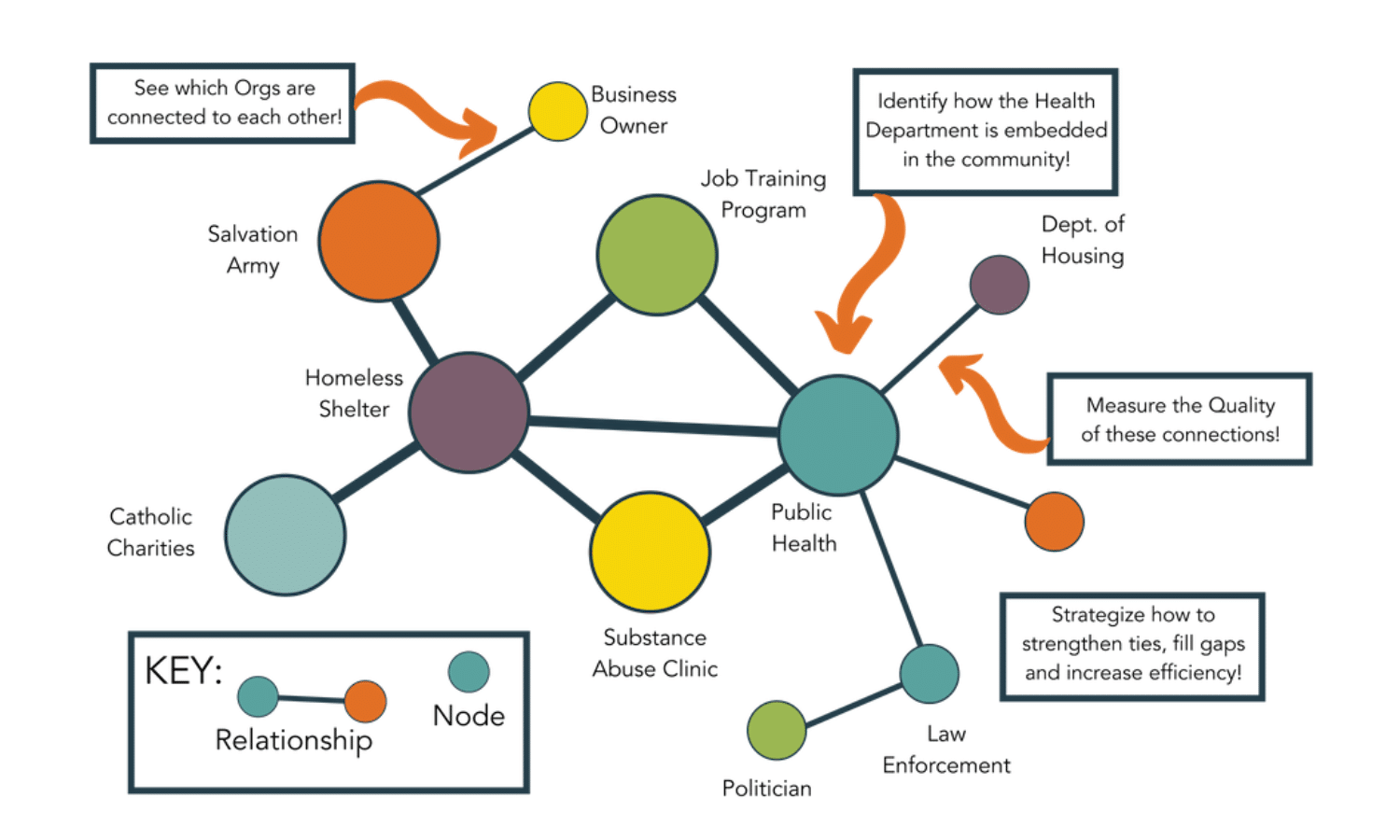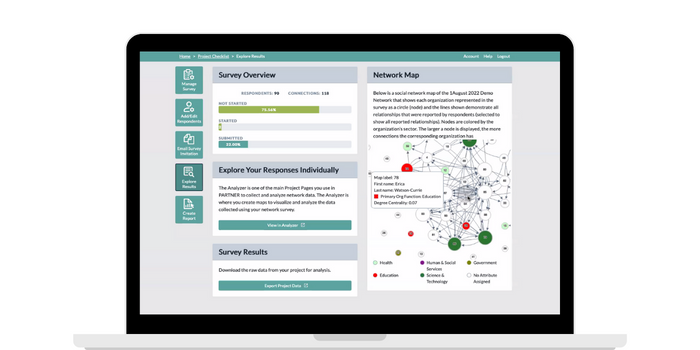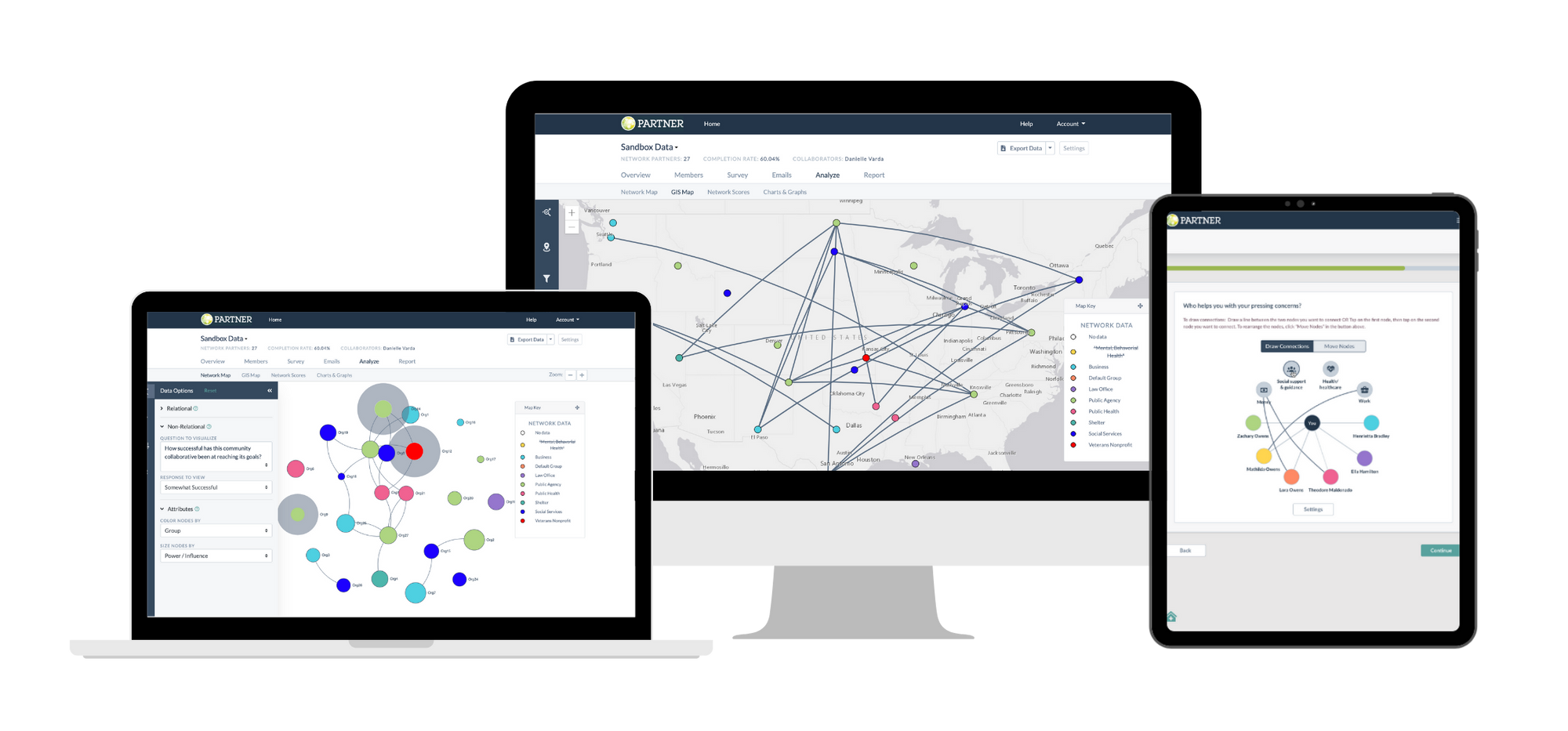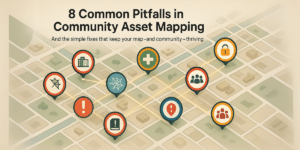
Bridging the Community Gap: 5 Key Benefits of Hospital-Public Health System Collaboration
In recent years, the importance of strong partnerships and collaboration between hospitals and public health systems has become increasingly clear. These alliances are critical for improving the health and well-being of communities, addressing health disparities, and enhancing the overall quality of healthcare.
In this article, we will explore five key benefits of these partnerships, including more efficient resource use, improved data sharing and analysis, better population health management, increased capacity to respond to emergencies, and enhanced preventive care.
1. More Efficient Resource Use
One of the primary benefits of partnerships between hospitals and public health systems is the potential for more efficient resource use. When organizations collaborate, they can pool their resources and expertise to provide better care for their communities. This can lead to cost savings, reduced duplication of services, and improved access to care for patients.
For example, a hospital and a local public health department might collaborate on a vaccination campaign, allowing them to share staff, equipment, and facilities. This can result in a more coordinated and efficient approach to immunization efforts, ultimately helping to increase vaccination rates and protect community health.

2. Improved Data Sharing and Analysis
Data sharing and analysis are critical components of effective healthcare management. When hospitals and public health systems collaborate, they can more easily share valuable data about patient populations, community health needs, and healthcare service utilization. This information can be used to identify gaps in care, target interventions, and improve the overall quality of healthcare.
Collaboration can also lead to the development of innovative data-driven solutions, such as predictive analytics tools that help identify at-risk populations and allocate resources more effectively. By sharing data and leveraging each other’s expertise, hospitals and public health systems can better understand their communities’ health needs and work together to address them.
3. Better Population Health Management
Population health management involves identifying the health needs of a community and developing targeted interventions to address them. This approach can help improve health outcomes, reduce health disparities, and control healthcare costs. Partnerships between hospitals and public health systems can facilitate more effective population health management by allowing organizations to work together to develop and implement interventions.
For example, a hospital and public health department might collaborate to address high rates of obesity in their community by creating a joint initiative that focuses on promoting healthy eating, increasing access to exercise opportunities, and offering weight management programs. By working together and leveraging their unique resources and expertise, the organizations can have a greater impact on community health than if they were working independently.
4. Increased Capacity to Respond to Emergencies
Emergencies, such as disease outbreaks or natural disasters, often require a rapid and coordinated response from healthcare organizations. Partnerships between hospitals and public health systems can help improve the capacity to respond to emergencies by ensuring that organizations are aligned and prepared to work together when needed.
For example, during a disease outbreak, a hospital and public health department might collaborate to establish a joint incident command structure, share resources and personnel, and coordinate communication efforts. This can help to streamline the response and ensure that all organizations are working together effectively to protect community health.
5. Enhanced Preventive Care
Preventive care is a critical component of maintaining and improving community health. When hospitals and public health systems collaborate, they can develop more effective and targeted preventive care initiatives that address the unique needs of their communities. This can help to reduce the burden of chronic disease, improve health outcomes, and control healthcare costs.
For example, a hospital and public health department might collaborate to create a community-based preventive care program that focuses on addressing the social determinants of health, such as poverty, education, and access to healthy food. By working together, the organizations can more effectively address the root causes of poor health and help to create healthier communities.

FAQ: Hospital-Public Health System Collaboration
Answer: Hospitals are healthcare institutions that primarily provide acute care, diagnostic services, and treatment to patients. Public health systems, on the other hand, focus on the health and well-being of entire communities by promoting health, preventing disease, and addressing health disparities. While hospitals typically deal with individual patient care, public health systems work to improve overall population health through various programs, policies, and interventions.
Answer: To initiate partnerships, hospitals and public health systems can start by identifying shared goals, such as addressing specific community health needs or improving health equity. They can then establish formal agreements or memoranda of understanding to outline the scope and objectives of their collaboration. It is essential to involve key stakeholders from both organizations, including leadership, clinicians, and public health professionals, to ensure effective communication and ongoing collaboration.
Answer: Patients can benefit from these collaborations in various ways, such as improved access to care, better-coordinated services, and more targeted interventions. By working together, hospitals and public health systems can develop initiatives that address the unique needs of their communities, ultimately leading to better health outcomes and patient satisfaction. In addition, patients may experience increased access to preventive care services, which can help reduce the burden of chronic diseases and improve overall health.
Answer: Forming partnerships between hospitals and public health systems can involve challenges, such as differing organizational cultures, resource constraints, and concerns about data sharing and privacy. It is essential to address these challenges early in the collaboration process and develop strategies to overcome them. Open communication, clear expectations, and a commitment to shared goals can help to build trust and ensure the success of these partnerships.
Answer: Community members can support and participate in collaborations by staying informed about local health initiatives, providing feedback on programs and services, and engaging in community outreach efforts. By participating in community health forums, advisory committees, or volunteering, individuals can contribute to the success of collaborative initiatives and help shape the healthcare landscape in their communities.
Tips for Hospital-Public Health System Collaboration
Partnering across organizational boundaries is not an easy task – but there’s a wealth of best practices and advice out there to make it easier if you are just getting started. Here are some tried-and-true tips to build effective collaboratives in the healthcare space.
1. Establish Clear Goals and Objectives
To ensure a successful collaboration, both hospitals and public health systems should define clear goals and objectives from the outset. This will help align the partnership’s focus and promote a shared vision for improving community health. By identifying common priorities, both parties can work together more effectively to address healthcare challenges and enhance the overall health of their communities.
2. Foster Open Communication and Trust
Open communication is essential for building trust and understanding between hospitals and public health systems. Establishing regular meetings, sharing information, and providing feedback will help maintain transparency and address any potential misunderstandings. By cultivating a culture of trust, the partners can work together more effectively, share resources, and leverage each other’s strengths to achieve their goals.
3. Develop Formal Agreements and Governance Structures
A well-defined governance structure will ensure that both parties understand their respective roles and responsibilities within the partnership. By creating formal agreements, partners can outline expectations, define decision-making processes, and address any potential conflicts of interest. This will help to create a stable foundation for the partnership and facilitate effective collaboration.
4. Constantly Track, Assess, and Adapt Your Collaboration
Regular evaluation of the partnership’s progress is crucial to maintaining momentum and ensuring that the collaboration is achieving its desired outcomes. By monitoring the partnership’s performance, hospitals and public health systems can identify areas for improvement, adapt strategies as needed, and celebrate successes. This iterative approach will help the partners remain focused on their shared goals and ensure the sustainability of the collaboration.

5. Map and Track Your Ecosystem of Partners to Strategize and Improve
We created PARTNER, our community partner relationship management software, to help visualize, track, and strengthen collaboration and partnerships in the community health space. By understanding how your partners interconnect, interact, and interdepend on one another, you can build more intelligent networks, eliminate redundancies, and create more resilient systems with your partners.
You can learn more about PARTNER CPRM and its applications here.

Hospital-Public Health System Partnership is a Win-Win Proposition
Partnerships and collaboration between hospitals and public health systems offer numerous benefits that can significantly improve the health and well-being of communities. By working together, these organizations can make more efficient use of resources, improve data sharing and analysis, better manage population health, increase capacity to respond to emergencies, and enhance preventive care initiatives. You can find additional resources related to this topic further below.
Additional Resources and Links
Do you know of an article, guide or resources related to hospital-public health system collaboration? Leave a comment below at the bottom of the page with your recommendations and we will add them to our list of additional resources. We appreciate the opportunity to share these with our community of network leaders, funders, and evaluators.
- Hospital Public Health Partnerships: Exploring Processes, Models, and Outcomes
- Hospital Interaction and Investment in Public Health Systems: A Conceptual Study
- The Evolution of Public Health–Hospital Collaboration in the United States
- The impacts of collaboration between local health care and non-health care organizations and factors shaping how they work: a systematic review of reviews





